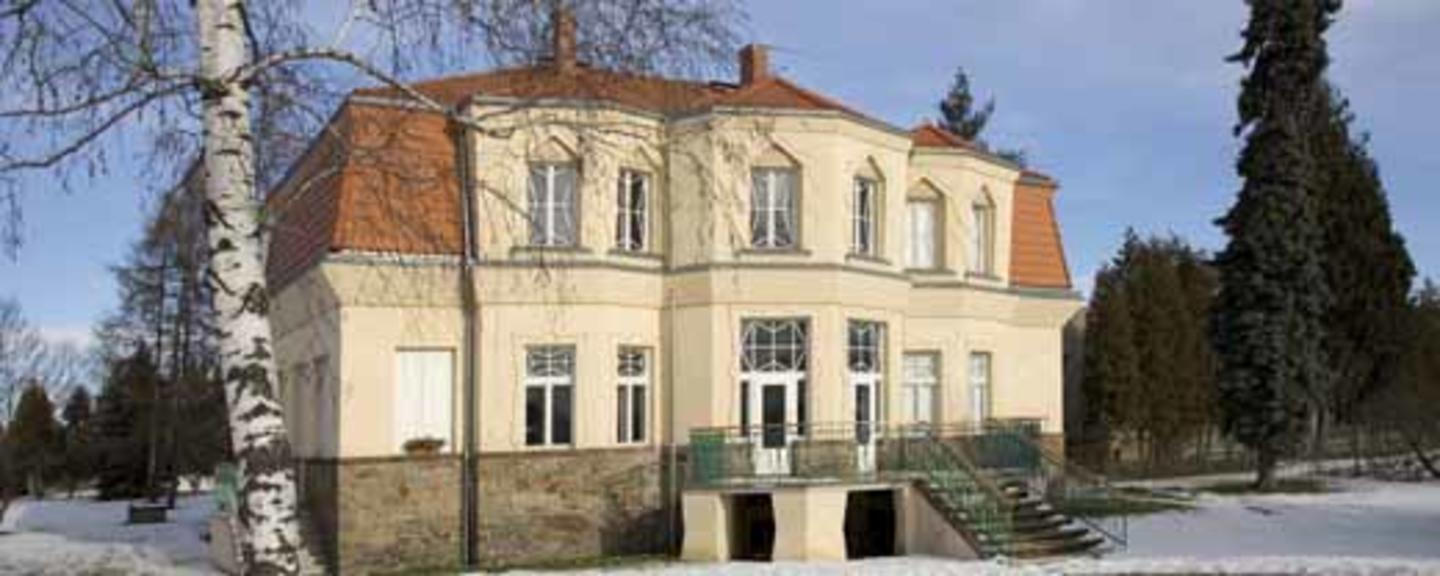Prague, with a relatively short period as the capital of Czechoslovakia, has been the political and cultural centre of Bohemia for 1100 years. Most visitors to Prague justly admire the town’s baroque architecture. But Art Nouveau also came to characterise the Czech capital, and not only in the decorative drawings of the “founder” of Art Noveau, Alfons Mucha.
Czech phenomenon
Less well-known outside the Czech Republic is the architect Josef Gočár (1880-1945), who is regarded as being at the forefront of cubism in architecture. Cubist architecture is a pure Czech phenomenon and non-existing in any other country. Cubism arrived in 1910 in Prague thanks to Czech painters who made their names in Paris – Emil Filla, Bohumil Kubišta and others. In Prague and Bohemia, the style penetrated all art media and became in the years before the First World War completely universal. It found its reflection not only in painting, sculpture, architecture, furniture and objects of daily use, but also in photography, theatre, film and even in literature. Cubism was for the most part an urban trend in the field of architecture and design, and the Czech Cubism Foundation naturally has its offices in Prague.
New museum and gallery
One of a few cubist buildings in non-urban surroundings is the Bauer villa in the village of Libodřice no far from the town of Kolín in central Bohemia. Gočár designed the house for Adolf Bauer who owned an estate near the village, and the villa was built between 1912 and 1914. Bauer died in 1929 and the Nazi authorities expropriated the villa 10 years later since the owners who had inherited the villa from Bauer were Jewish. During the communist era the villa was used as a municipal administration office and was not particularly well maintained. It has now been restored and modified. The funding from the EEA and Norway Grants will be used to create a museum dedicated to Josef Gočár and a gallery of cubistic design and furniture production. It is an important goal of the restoration project that the villa shall be an active centre for meetings and cultural gatherings.
Photo: Jiri Havran, Riksantikvaren
